I am currently using PWM and MOSFET driving like this. T1 is a gate driver transformer (GDT.) T2 generates high voltage.
Now I am planning to replace the SG3525 with a microcontroller which works on 5V. The PWM output will have only 5V and moreover will not have enough current to drive the primary of GDT. My system prefers the gate drive transformer itself. How can I drive this?

